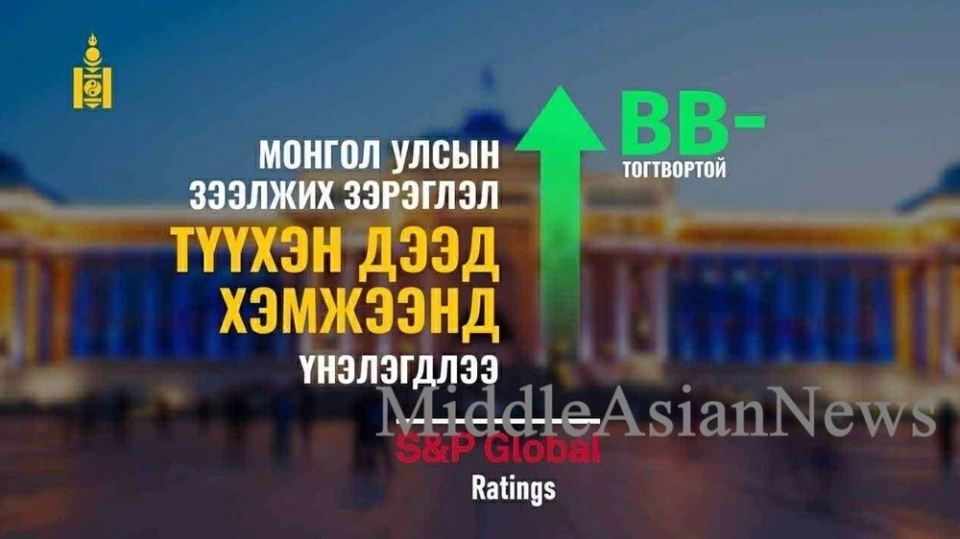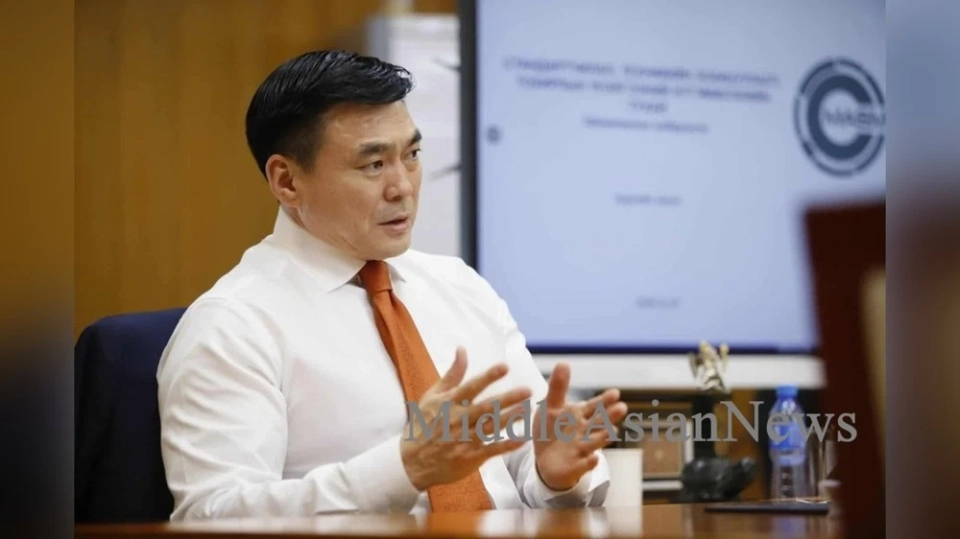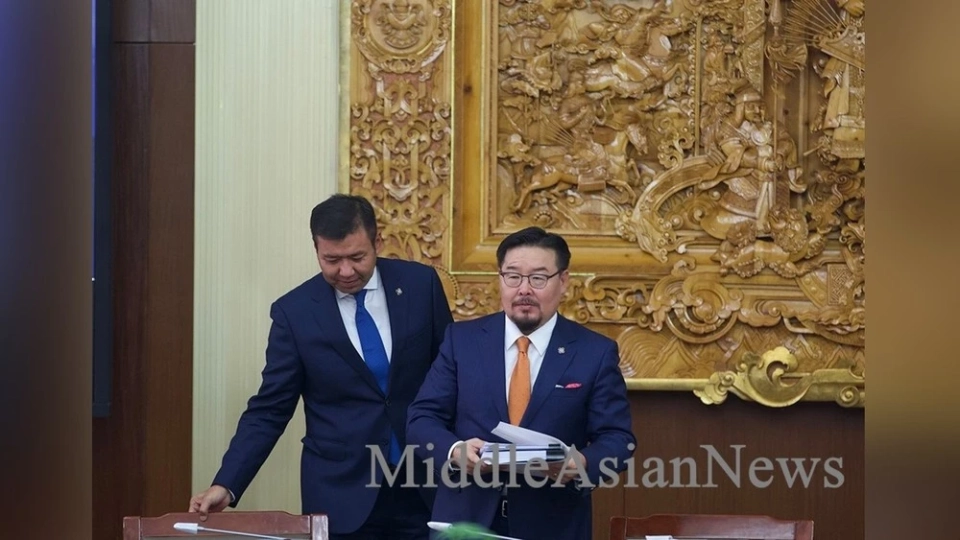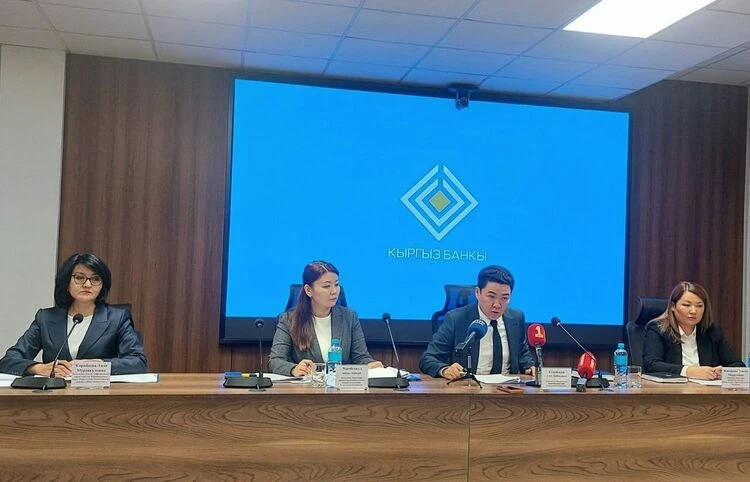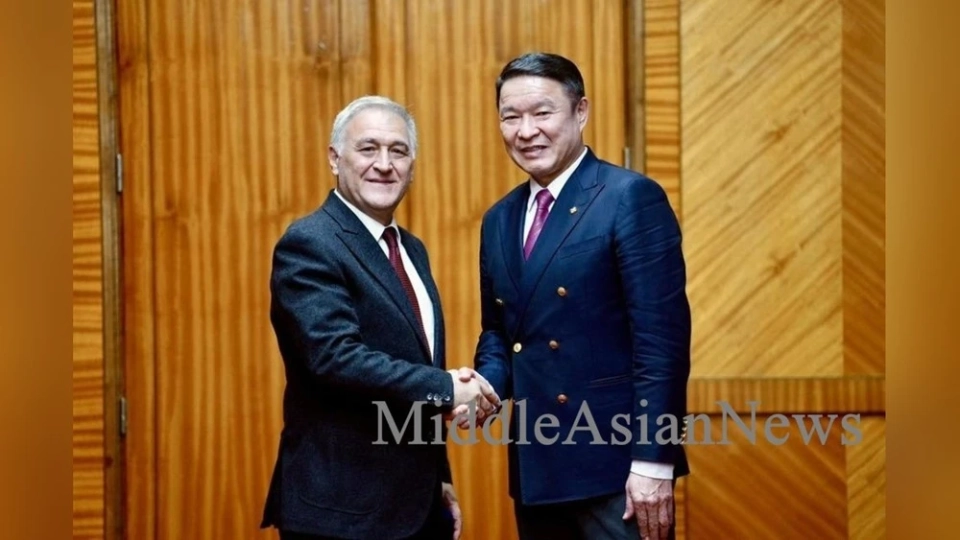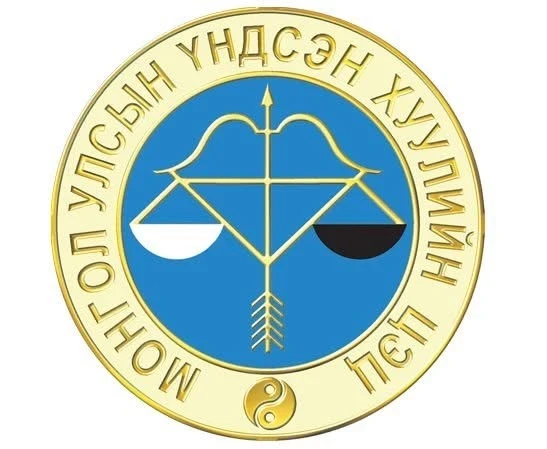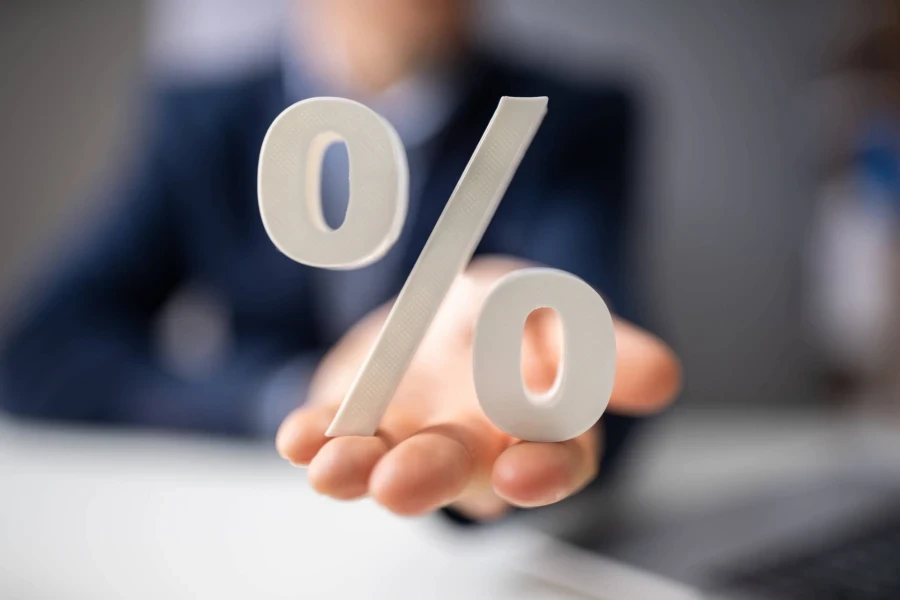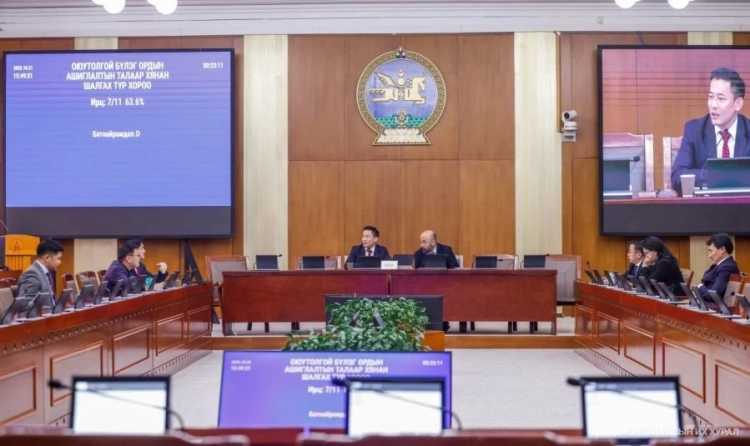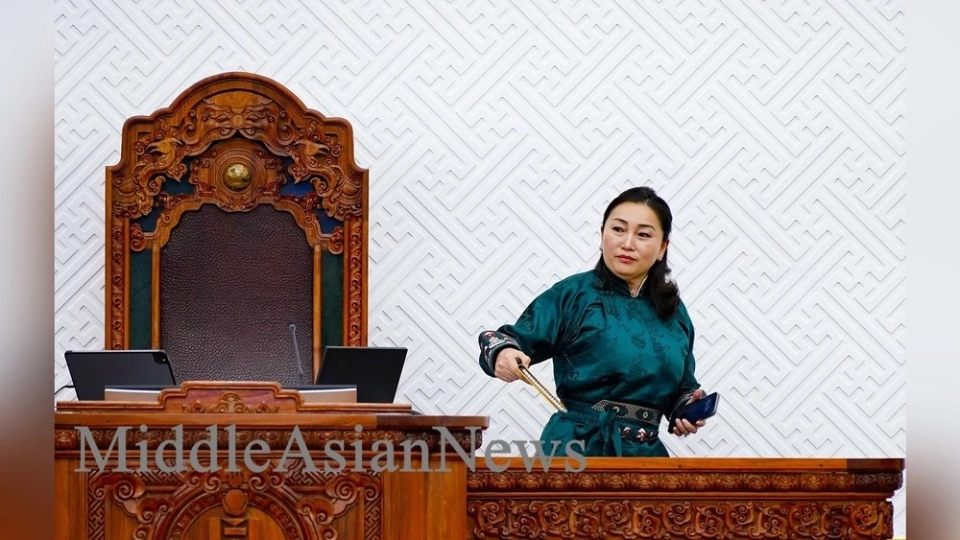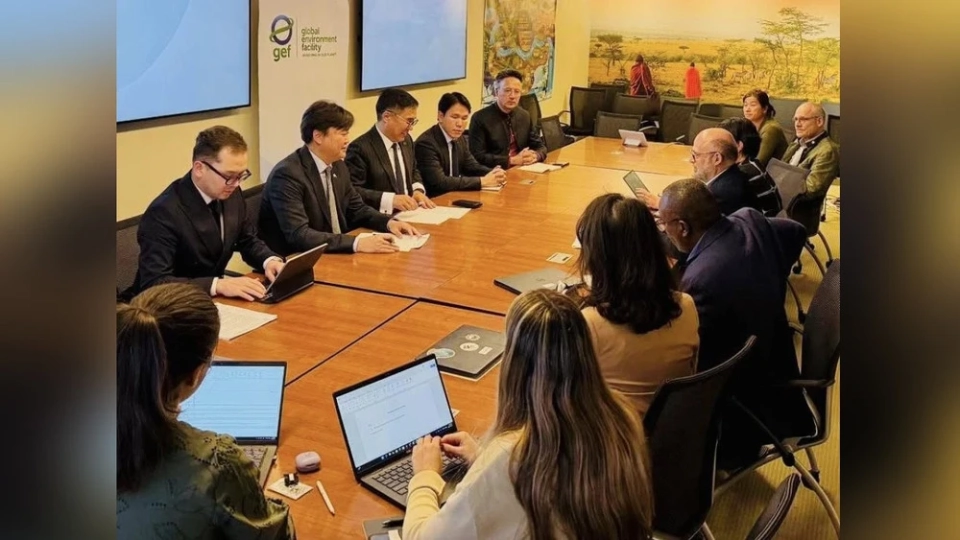On October 30, S&P, the international rating agency, upgraded Mongolia's long-term credit rating from "B+ positive" to "BB-, stable," which is the highest rating in the last 13 years.
This decision was made possible due to fiscal discipline, responsibility in debt management, and economic recovery implemented by the Mongolian government over the past five months.
Since Zandanshatar Gombozhav took over the government:
✅ Budget expenditures were reduced by ₮2.2 trillion, leading to a decrease in the deficit.
✅ Coal exports and foreign currency inflow increased, resulting in record-high foreign currency reserves.
This year, Mongolia received the following ratings from three leading agencies:
Moody’s: “B2 → B1, stable”
Fitch: “B+, stable”
S&P: “B+ → BB-, stable”
This recognition on the international stage demonstrates greater confidence in government policy than in economic indicators.
Mongolia is transitioning from a "high-risk" country status to a "restored confidence" status in global markets.
According to S&P, the following factors influenced the improvement of Mongolia's credit rating:
Significant improvement in the country's budget indicators since 2022 due to the growth of mining product exports.
Prudent management of public debt and stable economic growth contributed to the reduction of the debt-to-GDP ratio.
The Mongolian economy is expected to remain stable in the medium term, and the budget deficit will remain low over the next 1–2 years.
In its report, S&P also noted that the stability of policy implementation will be maintained despite recent internal political upheavals.
With the upgrade of the credit rating, the country will be able to:[/b>
Reduce the cost of external financing.
The private sector will gain access to more favorable financing conditions.
Investor confidence in Mongolia will significantly increase.
[b]Tatar S.Maidar
source: MiddleAsianNews

